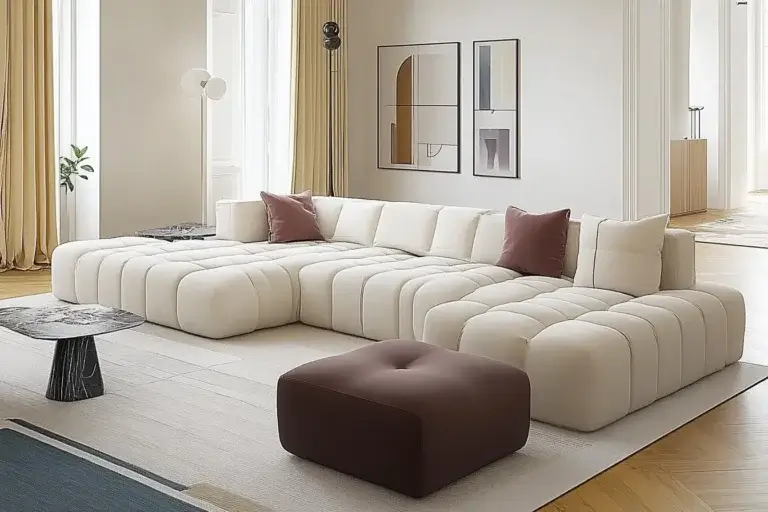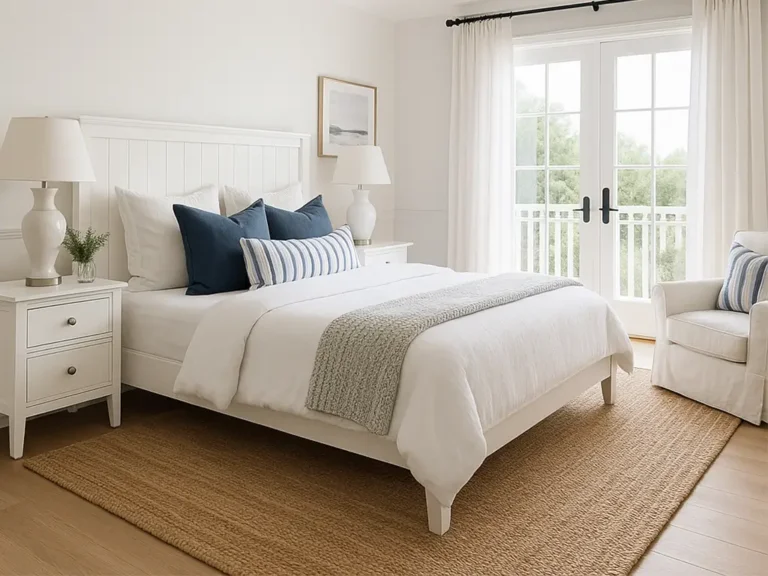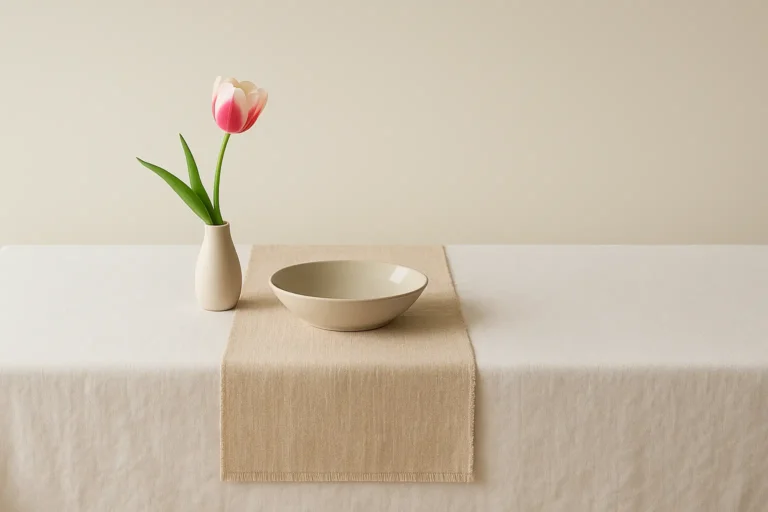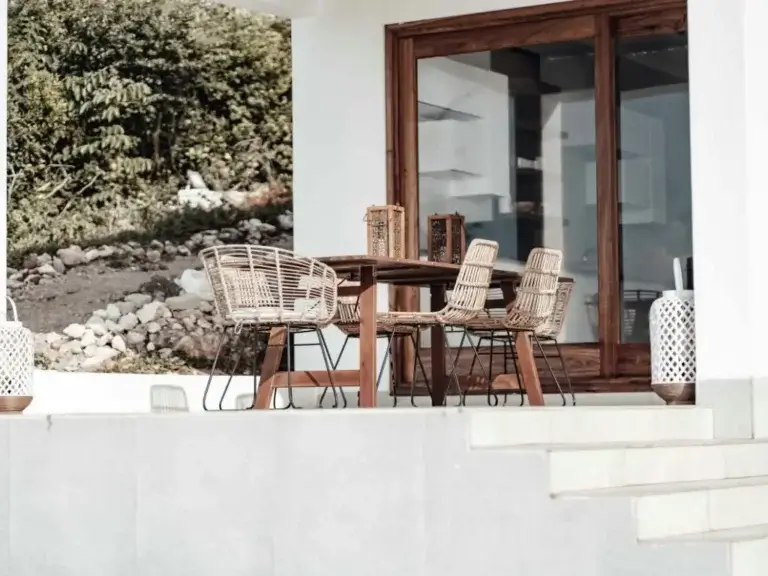How Do You Lay Artificial Grass Like a Pro?

Ready to give your yard a lush, evergreen makeover without the stress of constant upkeep? In this post, I will show you how to lay artificial grass like a pro. I will cover every important step, including measuring and preparing your base, cutting, joining, and securing your turf.
I will share the tools and materials you need, explain how to infill and brush for a natural look, and point out common mistakes to avoid. Let’s ensure your new synthetic lawn looks flawless and lasts for years!
How to Lay Artificial Grass: Essential Preparation Steps
Every successful artificial grass installation starts with careful preparation. First, measure your garden area thoroughly, noting any curves or obstacles. Accurate measurements help you order the right amount of turf and reduce waste.
Next, remove all existing grass, weeds, rocks, and debris. For a backyard garden, I recommend excavating the soil to a depth of 100 mm (10 cm or 4 inches).
If your soil feels extremely soft or often gets waterlogged, solidify it.
Once the ground is clear, lay a weed barrier fabric (Geotextile fabric) across the area. This crucial step prevents weeds from growing through your artificial lawn and keeps maintenance low. Secure the fabric with galvanised pins or staples. Proper preparation at this stage ensures your artificial lawn installation will look great and last for years.
Installing Artificial Grass: Choosing and Preparing the Right Base
A solid base is the foundation of a long-lasting artificial lawn. For most home gardens, I recommend using crushed rock, like road base or crusher dust, along with a layer of sand. Spread the crushed rock evenly to a depth of 60–70 mm/ 2.36-2.76 inches, then compact it thoroughly using a plate compactor. Lightly water the base before compacting to help it settle and bind together.
After compacting the crushed rock, add a layer of fine crusher dust or sharp sand (about 10–20 mm/ 0.4- 0.8 inches thick) and compact again. This creates a smooth, stable surface for your turf.
If installing artificial grass in Australia or places with a lot of rain, focus on drainage. Ensure the base has a slight slope of about 1% to stop water from pooling. A well-prepared base is key to a professional-looking fake turf installation.
Artificial Grass Installation: Tools, Materials, and Must-Have Supplies
Having the right tools and materials makes installing artificial grass much easier and ensures a flawless finish. Here’s what I always keep on hand:
- Tape measure and chalk line for accurate layout
- Utility knife with spare blades for clean cuts
- Plate compactor or hand roller for base
- Weed barrier fabric (Geotextile fabric) and galvanised pins
- Joining tape and artificial turf adhesive for seams
- Hammer or mallet for fixing edges
- Turf nails or spikes (127-153 mm/ 5–6 inches) for perimeter security
- Stiff broom or power brush for finishing
- Infill material (silica sand or rubber granules) if required
Quality tools help avoid common pitfalls, such as uneven seams or poorly secured turf. Investing in the right supplies ensures that your artificial grass installation stands up to daily use.
Step-by-Step Guide to Laying Synthetic Turf for a Flawless Finish
Laying synthetic turf is a methodical process that pays off with a lush, natural-looking lawn. Here’s how I approach it, step by step:
- Unroll and Acclimate the Turf: Lay your artificial grass rolls on the prepared base. Make sure the pile direction is the same. Let the turf rest for a few hours to relax any creases from shipping.
- Trim to Fit: Use a sharp utility knife to cut the turf to fit your garden’s shape, working from the back for the cleanest lines. Take your time around curves or obstacles for a snug fit.
- Join the Seams: If your area requires multiple pieces, fold back the edges, lay out seam tape (shiny side down), and apply adhesive. Carefully press the seams and walk along the join to ensure a tight, invisible fit.
- Secure the Perimeter: Fix the turf edges with galvanised nails or spikes every 15–20 cm/ 5.9-7.9 inches to prevent movement and keep the turf flat, especially in high-traffic areas.
- Infill and Brush: Spread silica sand evenly, usually 5–8 kg/m². Then, use a stiff broom or power brush to lift the blades and spread the sand. Infill adds weight, supports the grass fibres, and improves drainage. Moreover, infill sand enhances the durability of synthetic turf by minimising potential shifts over time, particularly in response to extreme temperature fluctuations, as it helps distribute temperature changes evenly and reduces stress on the turf.
- Final Clean-Up: Rake or sweep up any loose turf scraps and check for missed spots or raised edges.
Following these steps, you’ll achieve a seamless, professional-looking synthetic grass installation for your home garden.
Fake Turf Installation: Common Mistakes and How to Avoid Them
Even with good intentions, DIYers often make mistakes. These mistakes can affect how their artificial lawn looks and lasts. Here are some common pitfalls and how I avoid them:
- Incorrect Measurements: Measure your space at least twice from different angles to ensure accuracy. Order a little extra turf to allow for trimming and fitting.
- Poor base preparation can lead to problems:
- Not compacting the base or using the wrong materials can create bumps.
- It can also cause bad drainage and an uneven surface. Always use crushed rock and compact thoroughly.
- No Weed Barrier: If you don’t use a weed membrane, weeds can grow through your new lawn, ruining its look and requiring more care.
- Inconsistency in the direction and placement of the turf: For a consistent look, ensure you lay all turf pieces with the pile facing the same direction. Take your time joining seams and use plenty of adhesive.
- Wasting Leftover Turf: Save any off-cuts for future repairs or patching, rather than throwing them away.
Avoiding these mistakes ensures your artificial turf installation will look great and stand the test of time.
Installing Synthetic Grass on Different Surfaces: Tips for Concrete, Soil, and Decking
Artificial grass isn’t just for soil; you can also install it over concrete, brick, or decking. For hard surfaces, make sure the area is clean, dry, and free of debris. Use a shock-absorbing underlay for extra comfort, and drill small drainage holes if water pooling is a concern.
Secure the turf with adhesive or double-sided tape, and follow the same steps for cutting and joining as you would on soil. For decking, you can use screws to fix the turf, which allows for easy removal if needed.
Artificial Lawn Installation in Australia: Climate Considerations and Best Practices
When installing artificial grass in Australia, I always consider the country’s harsh sun, heavy rain, and temperature swings. Choose a UV-resistant turf to prevent fading, and opt for infill materials that don’t retain heat. Proper drainage is especially important in regions prone to storms. Always slope your base and use high-quality weed barriers to keep your artificial lawn looking its best, no matter the weather.
For Australian clients, I recommend choosing synthetic turf with a material setting of over 10,000 DTEX. Lighter DTEX values mean thinner fibres, which struggle to endure the harsh summer sun. When the sun is intense, turf with low DTEX can appear melted or damaged because the fibres can’t withstand the heat properly. Another mistake to avoid is using SBR glue for the bottom of the turf. SBR backing weakens when exposed to water over time, leading to the separation of turf fibres from the fabric. Polyurethane (PU) glue is a superior alternative. PU-backed turf offers greater softness, elasticity, and enhanced durability. It also provides better stability and ease of installation.
Artificial Turf Installation: Infill Options and Finishing Touches for Longevity
Infill is a key part of artificial turf installation. Silica sand is the most common choice, adding weight and helping the blades stand upright.
Rubber granules are another option, providing extra cushioning for play areas. Spread the infill evenly, then use a power broom or stiff brush to work it down to the base of the turf. This step improves appearance, comfort, and durability.
Laying Synthetic Grass: Maintenance Tips to Keep Your Lawn Looking Fresh
Artificial grass is low-maintenance, but a little care goes a long way. Clear debris regularly using a leaf blower or rake, and brush the fibres to keep them standing up.
Rinse with water to remove dust or pet waste. For high-traffic areas, add infill as needed and check for loose edges or seams. With these simple steps, your synthetic grass installation will stay lush and vibrant for years.
Frequently Asked Questions About Installing Fake Turf
How do you lay artificial grass on slopes?
Make sure your base is well-compacted and use extra nails or pins to secure the turf. Overlap seams slightly and use adhesive for extra hold.
Can I lay artificial grass myself?
Yes, with the right tools and preparation, DIY fake turf installation is possible. Just take your time and follow each step carefully.
Does artificial grass get hot in the sun?
Some artificial grass can heat up, especially in direct sunlight. For cooler surfaces, choose lighter-colored infill and UV-resistant turf.
By following these simple steps and tips, you will learn how to lay artificial grass. This will help you enjoy a beautiful, easy-care lawn for many years.
Looking to install quality turf for your home or villa during your renovation? Please contact us at House of Iris – your source for Australian-quality design and factory-direct turf solutions delivered straight to your home. We are the experts in sourcing top-quality turf and home decor. Let us help you create the perfect outdoor space with quality materials and expert advice.
Some of the points cited:
Artificial Turf Supply. “How To Install Artificial Grass Master Guide.







